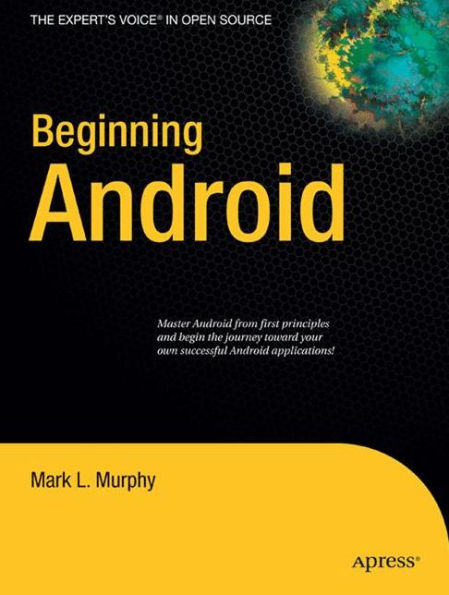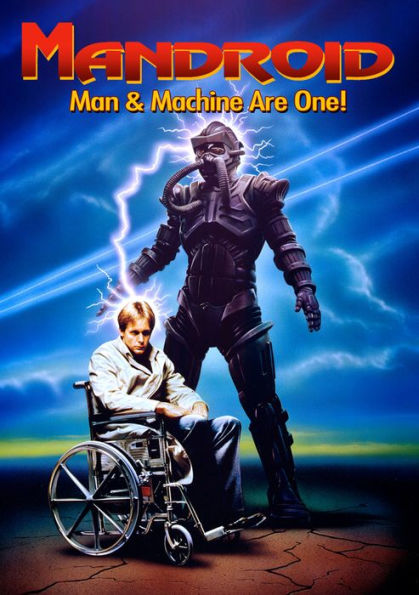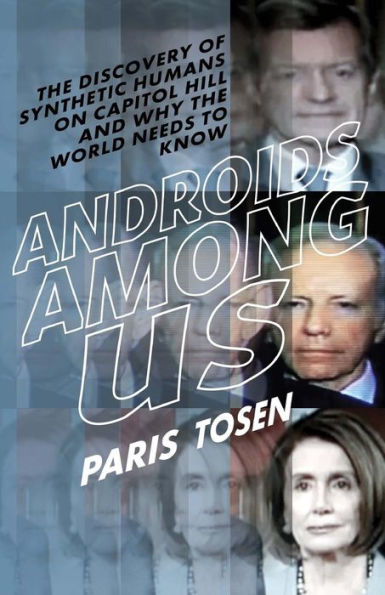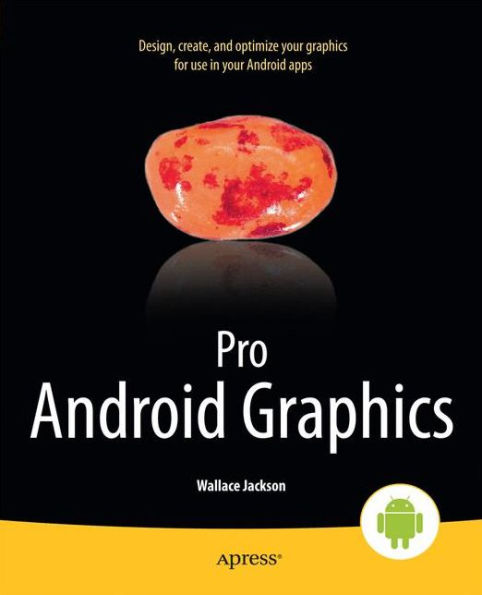Home
you must be android


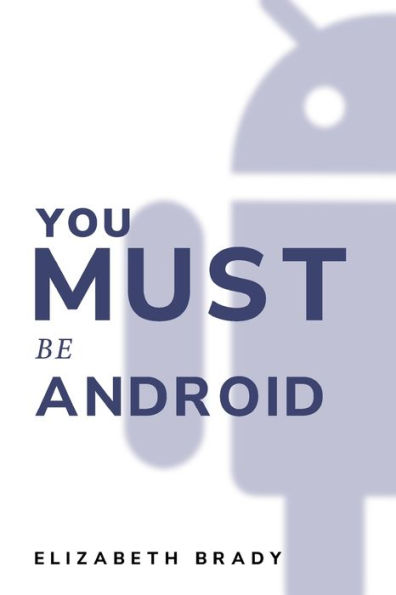
you must be android
Current price: $75.99
Loading Inventory...
Size: OS
The imagery of the "posthuman" evokes a wide range of connotations. Does it look like a person with silicone skin and aluminum bones? Is it the creature that results from thousands of years of human evolution, adapted to survive an unfamiliar environment? Is it a version of a consciousness experiencing life within a computer simulation? Posthumanism, in short, is all of the above and more. It is a philosophy, theoretical approach, and ideology that decenters the human subject. In fiction, it typically manifests itself through the depiction of posthuman beings that exceed the known bounds of the human body, like cyborgs or genetic hybrids. But posthumanism is also a critical theory that destabilizes humanism, which firmly centers the subjectivity of man above all else. Donna Haraway's "A Cyborg Manifesto" (1985) was a pioneering work in the field of posthumanism. Haraway envisions a future in which the fusion of animal and machine renders obsolete the oppositions between natural and unnatural, individual and the collective. Haraway writes, "A cyborg world might be about lived social and bodily realities in which people are not afraid of their joint kinship with animals and machines, not afraid of permanently partial identities and contradictory standpoints" (229). Technology, to Haraway, presents a unique opportunity to create a greater society in which binaries and the hierarchies they engender no longer exist.

